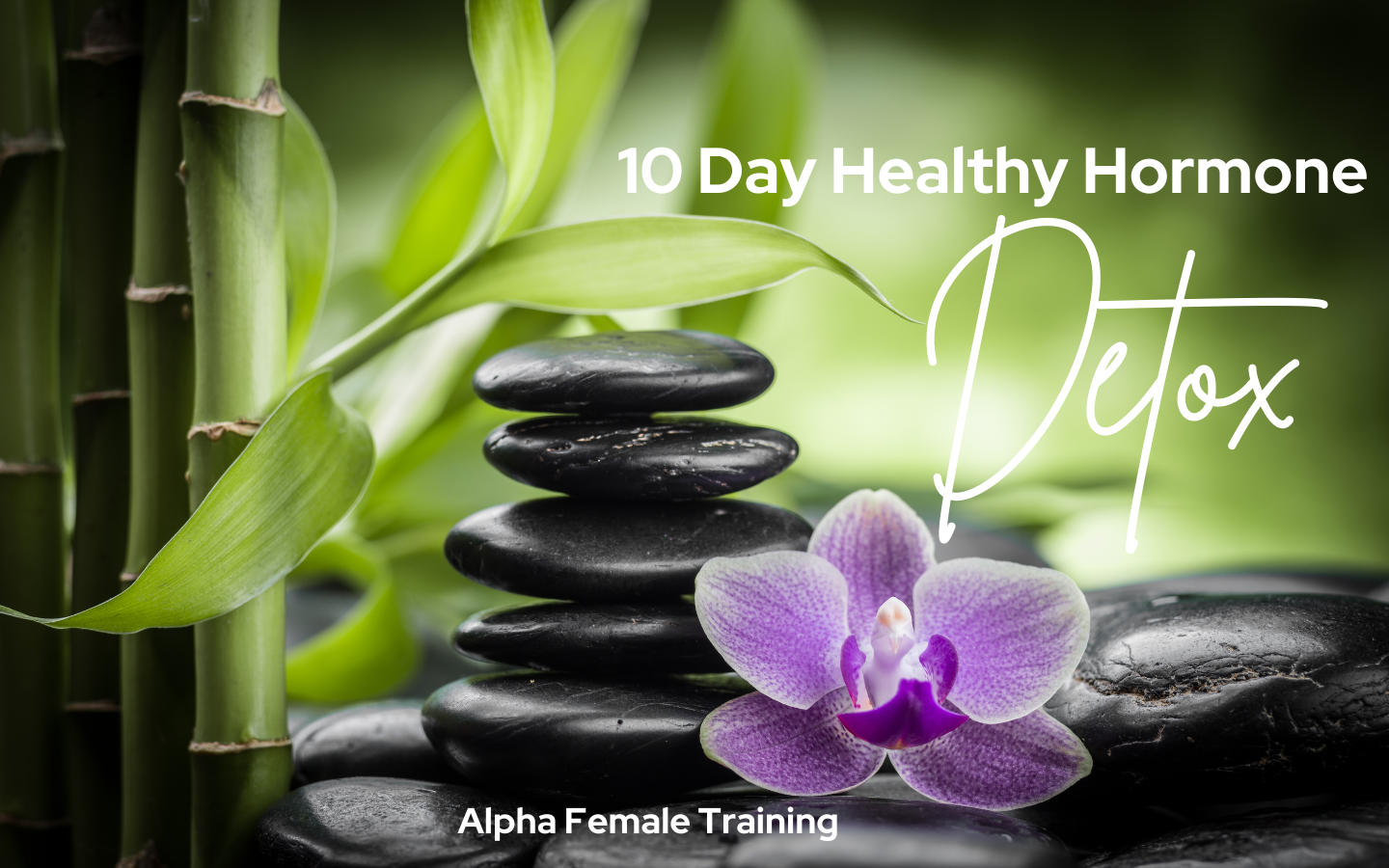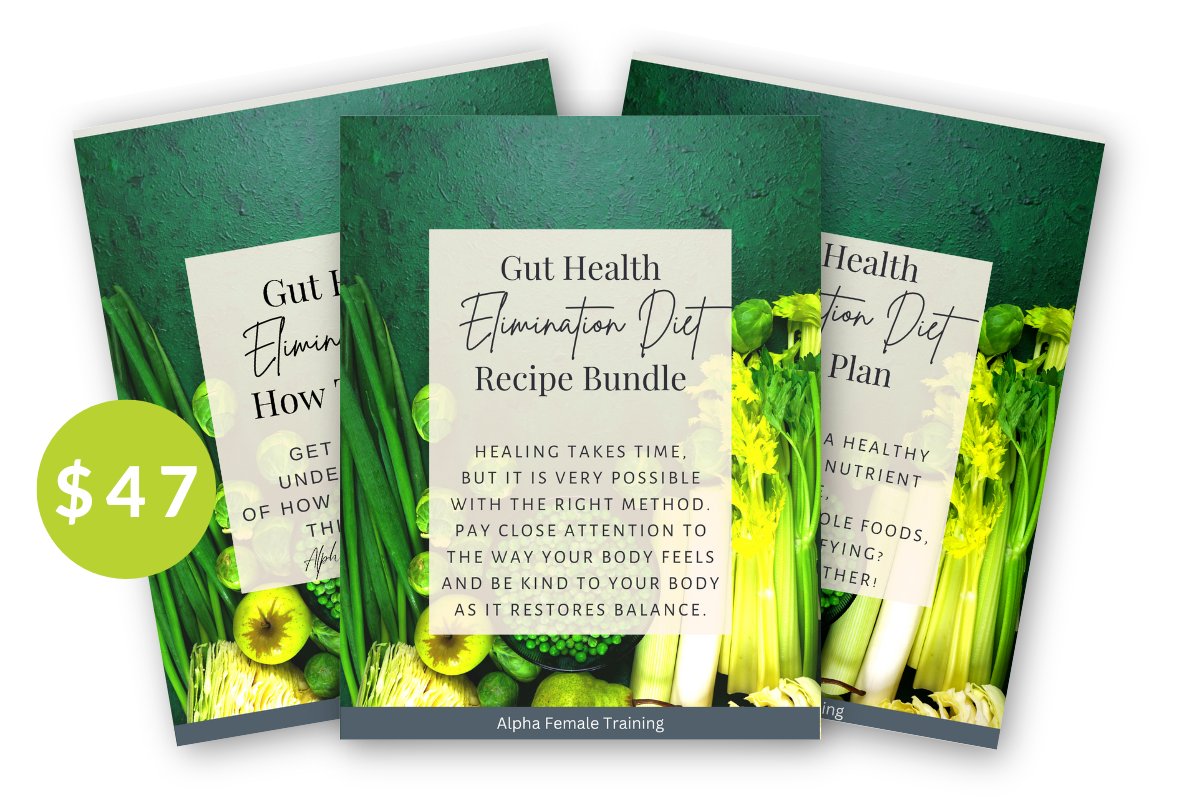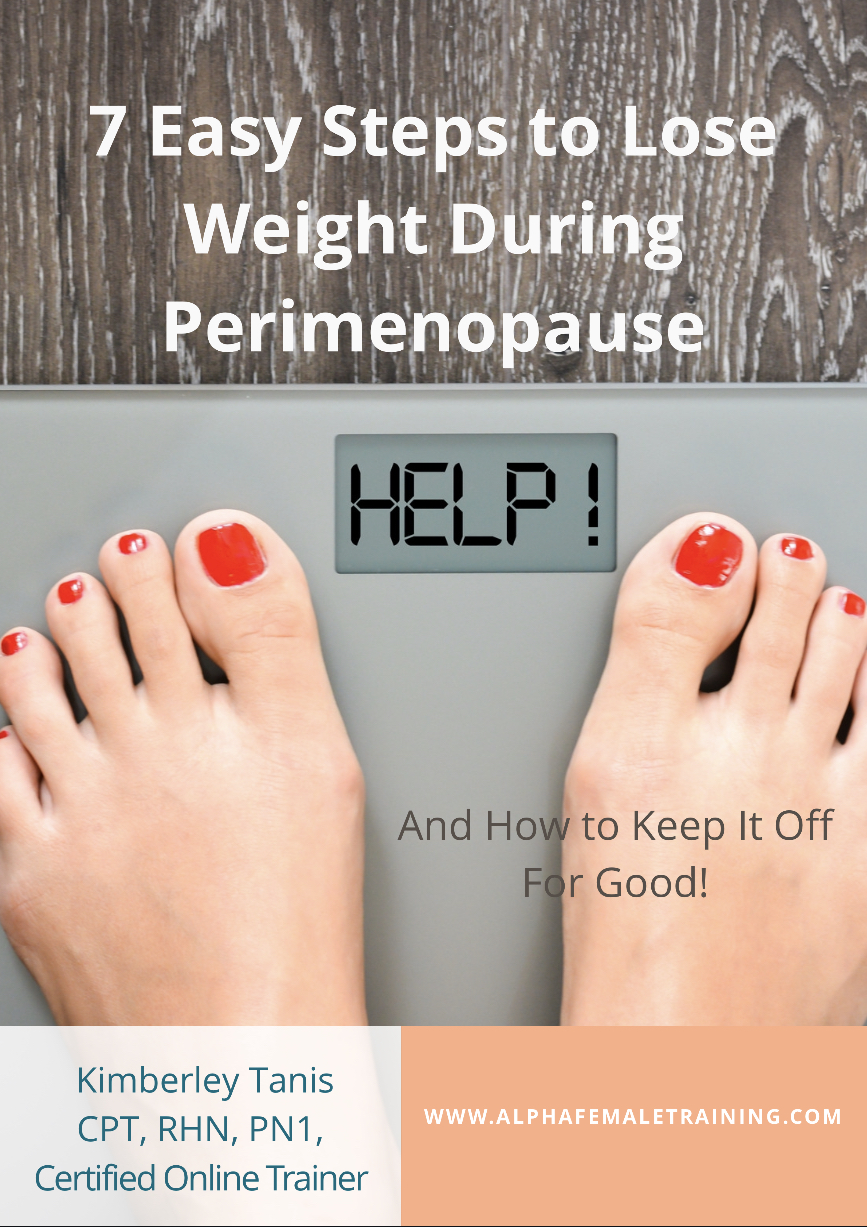Symptoms of Food Intolerance
Ladies over 40, are you experiencing persistent symptoms that are bothering you? These symptoms could be anything from random aches and pains to discomfort and digestive issues. It can be difficult to determine if these symptoms of food intolerance, especially if they are delayed or don't resemble typical gastrointestinal symptoms.
In this article, I'll discuss some of the most common symptoms and two prevalent foods that you may be reacting to without realizing it.

Are Your Symptoms Caused by a Food Intolerance?
Symptoms of food intolerance or "sensitivities" can have a wide range of effects on your body, and they are more common than you might realize.
We are not referring to anaphylaxis or immediate allergic reactions that trigger an immune response, as these can be severe and life-threatening. If you have any allergies, it is important to avoid any traces of foods that cause an allergic reaction, and consult your doctor or pharmacist about emergency medication if needed.
Rather, we are discussing food intolerance, where a specific food is not well tolerated by your body, causing immediate or chronic symptoms anywhere in the body. Symptoms can appear after hours or even days of consuming the food, and they can manifest in various parts of the body.
This is why identifying food intolerances can be so challenging.
Symptoms of Food Intolerance Can Be Awful
Some symptoms of food intolerance can cause immediate and excruciating gastrointestinal symptoms, such as lactose intolerance or celiac disease. These intolerances can lead to stomach pain, bloating, gas, and/or diarrhea, and the symptoms may begin immediately after consuming lactose or gluten.
However, other symptoms that are less obvious may not be directly related to food intake.
These symptoms include:
● Persistent muscle or joint pain
● Sweating, or increased heart rate or blood pressure
● Headaches or migraines
● Fatigue, even after getting sufficient sleep
● Autoimmune conditions like Hashimoto's or rheumatoid arthritis
● Skin rashes or eczema
● Inability to focus or a feeling of mental "fogginess"
● Shortness of breath
If your body struggles to digest specific foods, it can impact your hormones, metabolism, or even cause inflammation, resulting in any of the symptoms listed above. These symptoms can affect any part of your body, not just your gastrointestinal system.
Preventing Food Intolerances
The primary way to prevent food intolerances is to identify which foods or drinks trigger a reaction and avoid consuming them.
Although it may sound straightforward, this can be quite challenging.
The best approach is to eliminate the foods and drinks that cause a reaction from your diet for three weeks and observe any improvements in your symptoms.
If there is an improvement, you can decide whether to avoid consuming those foods entirely or reintroduce them gradually while carefully monitoring for the return of symptoms.
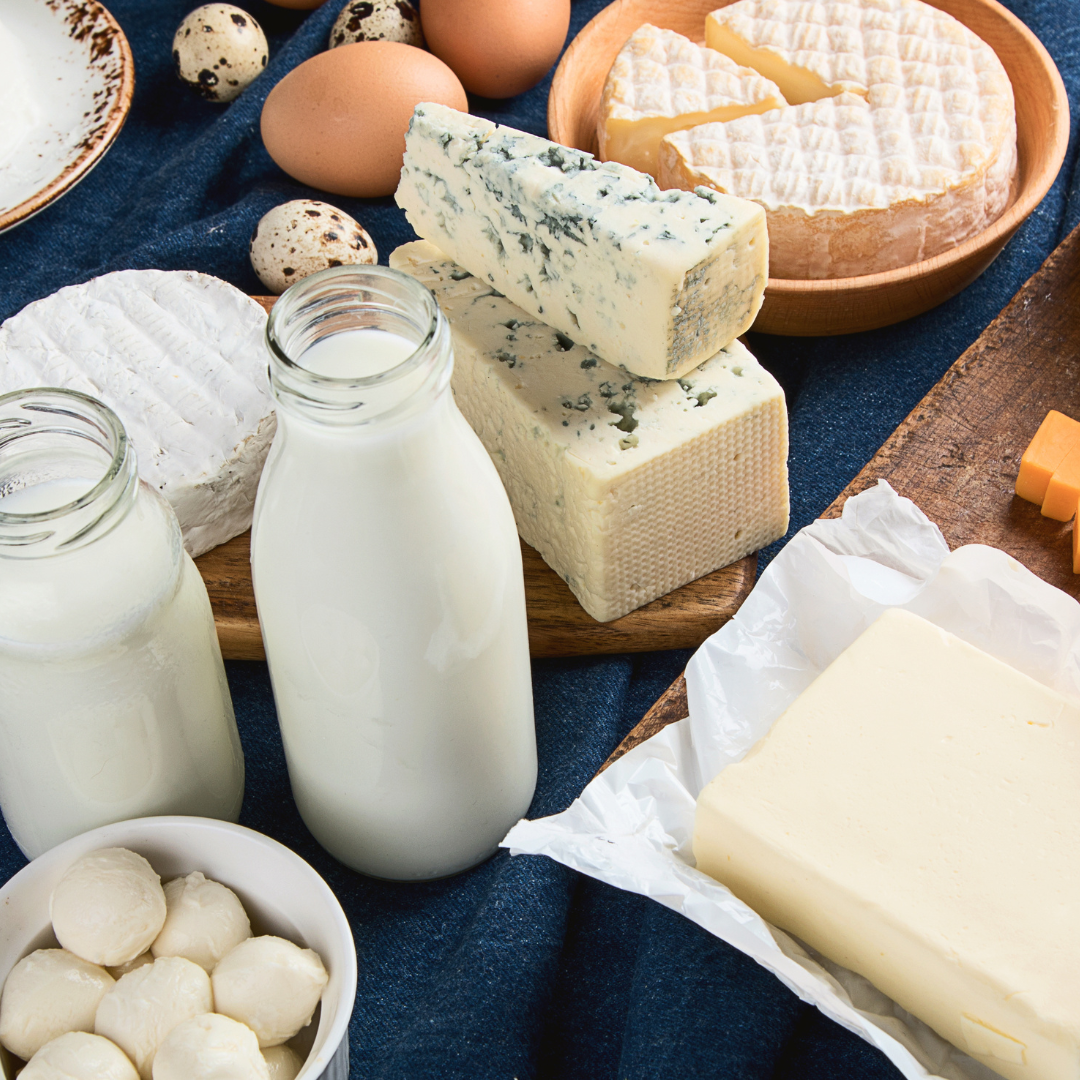
Getting Started: Two Common Food Intolerances
There are two common triggers of food intolerances:
- Lactose (found in dairy products - consider eliminating it completely or switching to lactose-free options like nut or coconut milk)
- Gluten (found in wheat, rye, and other common grains - look for gluten-free alternatives like rice, quinoa, and oats)
Although this list is not exhaustive, starting with these two can be helpful as lactose intolerance affects up to 75% of people, while non-celiac gluten sensitivity can impact up to 13% of people.
Eliminating all traces of lactose and gluten for three weeks can help confirm whether either or both of these are contributing to your symptoms. Although dairy and grains are part of many recommended food guidelines, you can still obtain all necessary nutrients by focusing on nutrient-dense alternatives.
Keeping track of what you eat and any associated symptoms after each meal or snack can be an effective way to monitor how certain foods impact you and identify patterns.
And, as mentioned earlier, symptoms may not start immediately following a meal. You may find, for example, that you wake up with a headache the morning after eating bananas.
You might be surprised what links you can find if you track your food and symptoms well!
IMPORTANT NOTE: When you eliminate something, you need to make sure it's not hiding in other foods, or the whole point of eliminating it for a few weeks is lost. Restaurant food, packaged foods, and sauces or dressings are notorious for adding ingredients that you'd never think are there. You know that sugar hides in almost everything, but did you also know that wheat is often added to processed meats and soy sauce, and lactose can even be found in some medications or supplements?
When in doubt you HAVE to ask the server in a restaurant about hidden ingredients, read labels, and consider cooking from scratch.
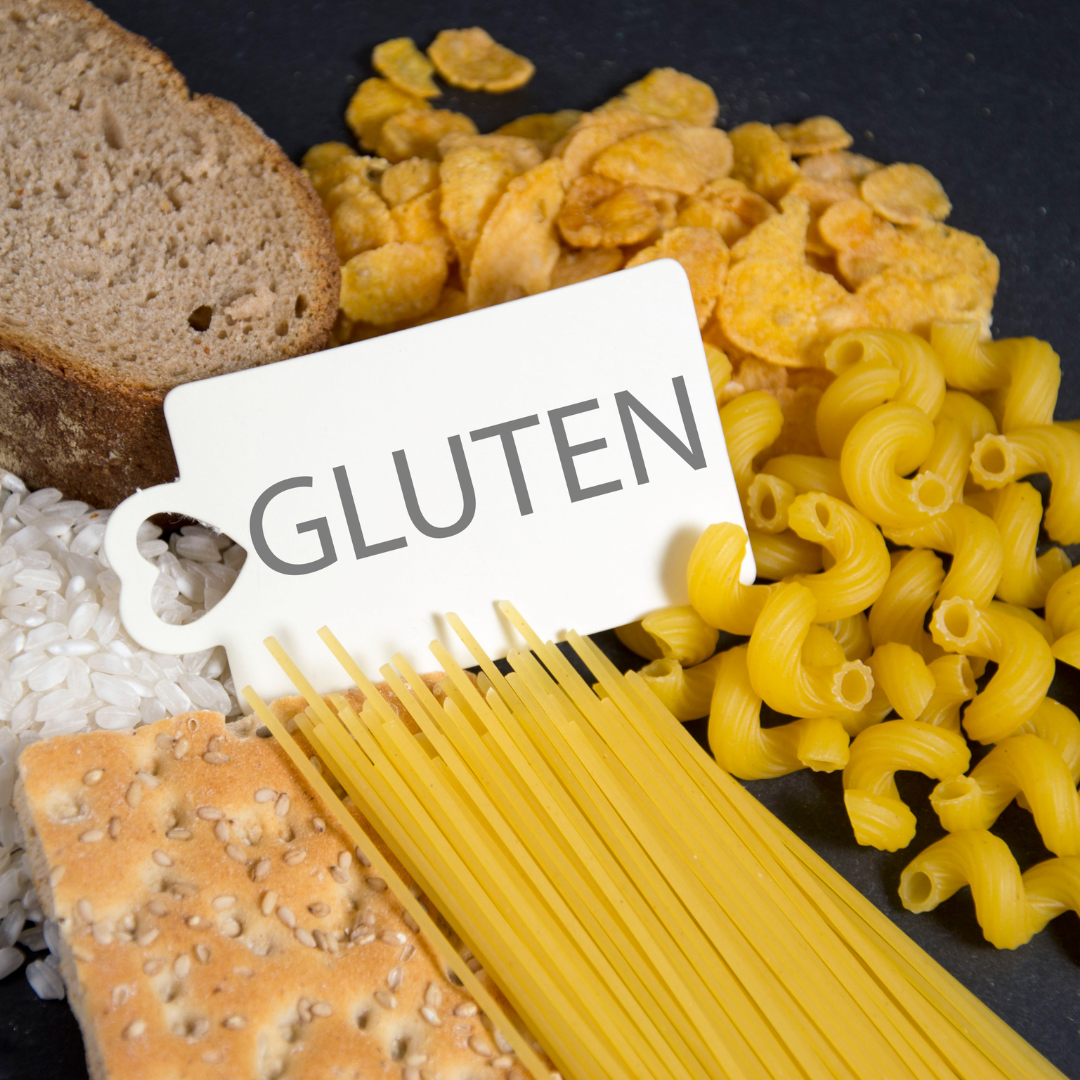
What if this doesn't work?
In the event that eliminating lactose and gluten doesn't bring relief, you may need to take more drastic measures and cut out all dairy (including lactose-free products) and all grains (including gluten-free options) for three weeks. If this still doesn't work, it's important to seek help from a qualified healthcare practitioner. Don't hesitate to get assistance to alleviate your symptoms.
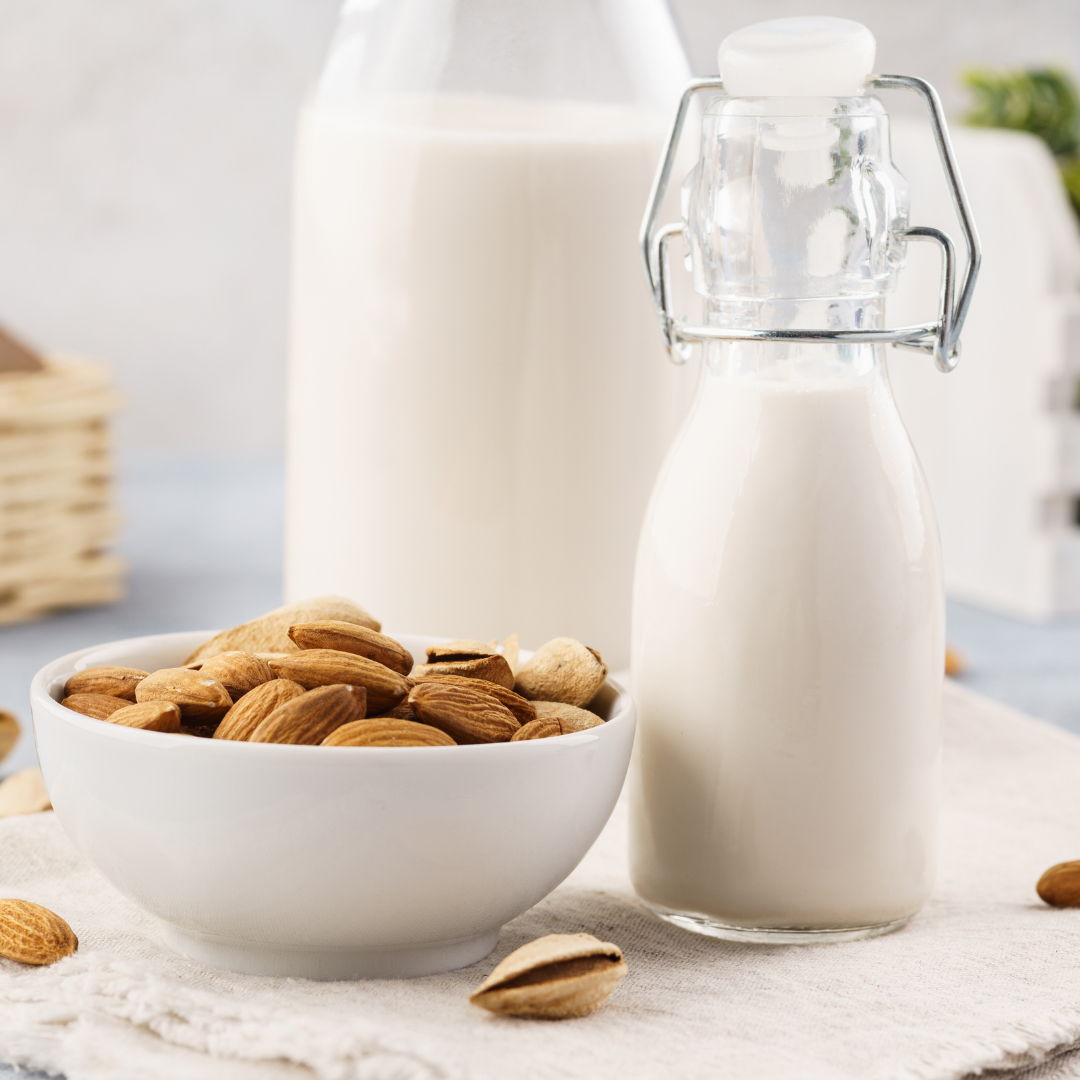
Recipe (dairy-free milk): Homemade Nut/Seed Milk
Makes 3 cups
½ cup raw nuts/seeds (almonds, walnuts, pecans, pumpkin seeds, or sesame seeds)
2 cups water
¼ teaspoon vanilla extract (optional)
1. Soak nuts/seeds for about 8 hours (optional, but recommended).
2. Dump soaking water & rinse nuts/seeds.
3. Add soaked nuts/seeds and 2 cups water to a high-speed blender and blend on high for about one minute until very smooth.
4. Strain through a small mesh sieve with 2 layers of cheesecloth. Squeeze if necessary.
Serve & enjoy!
Tip: You can double the recipe and store the milk in an airtight container in the fridge for up to 7 days.
References:
http://www.dietvsdisease.org/11-warning-signs-you-have-a-food-intolerance/





